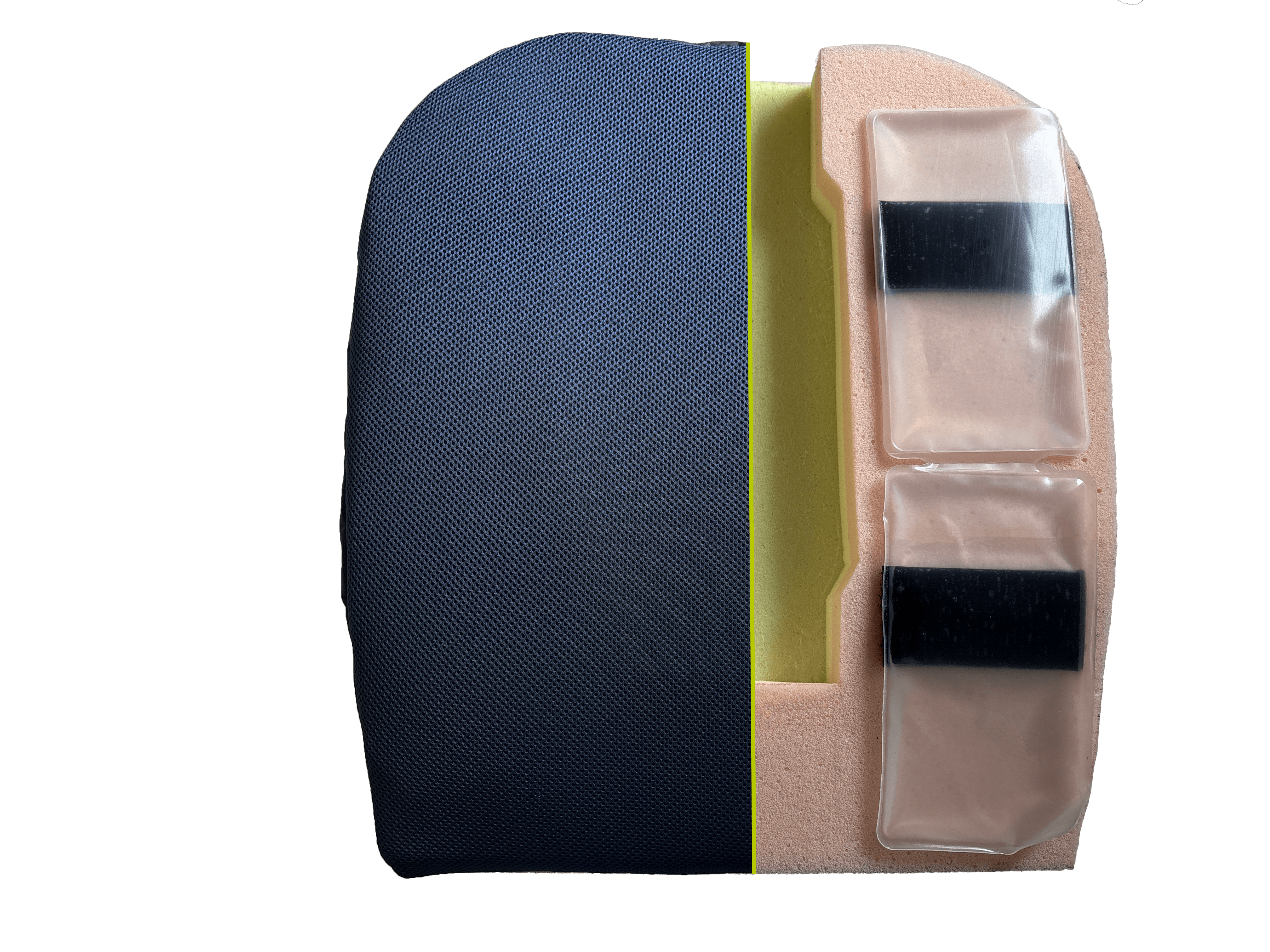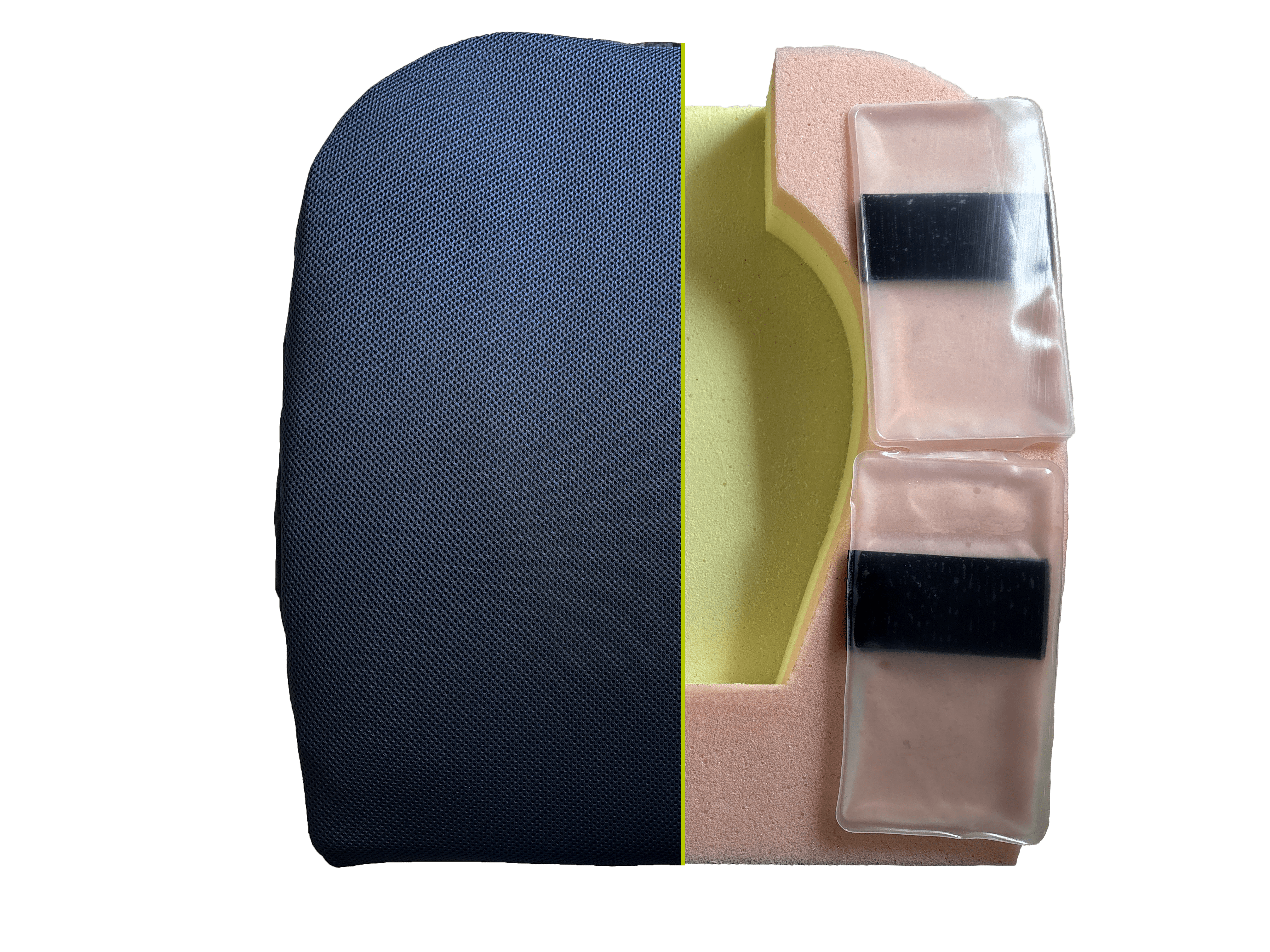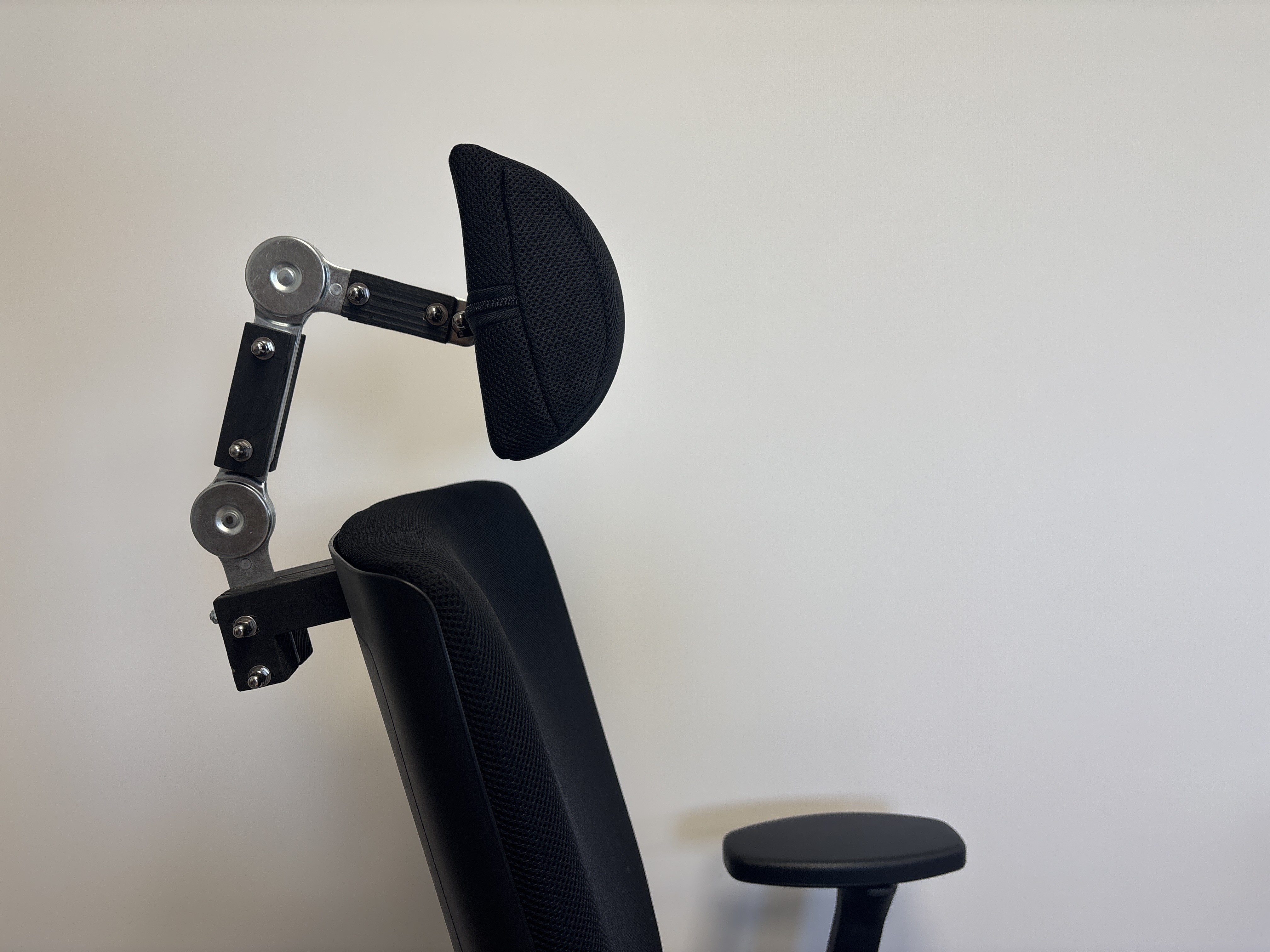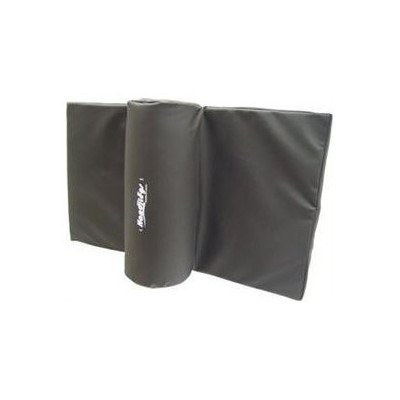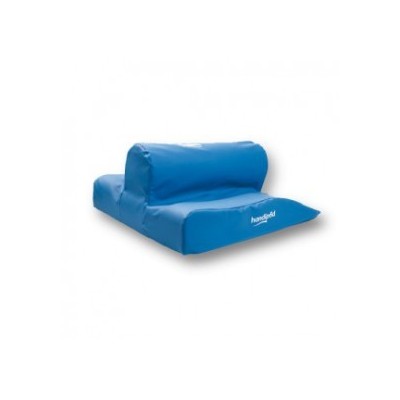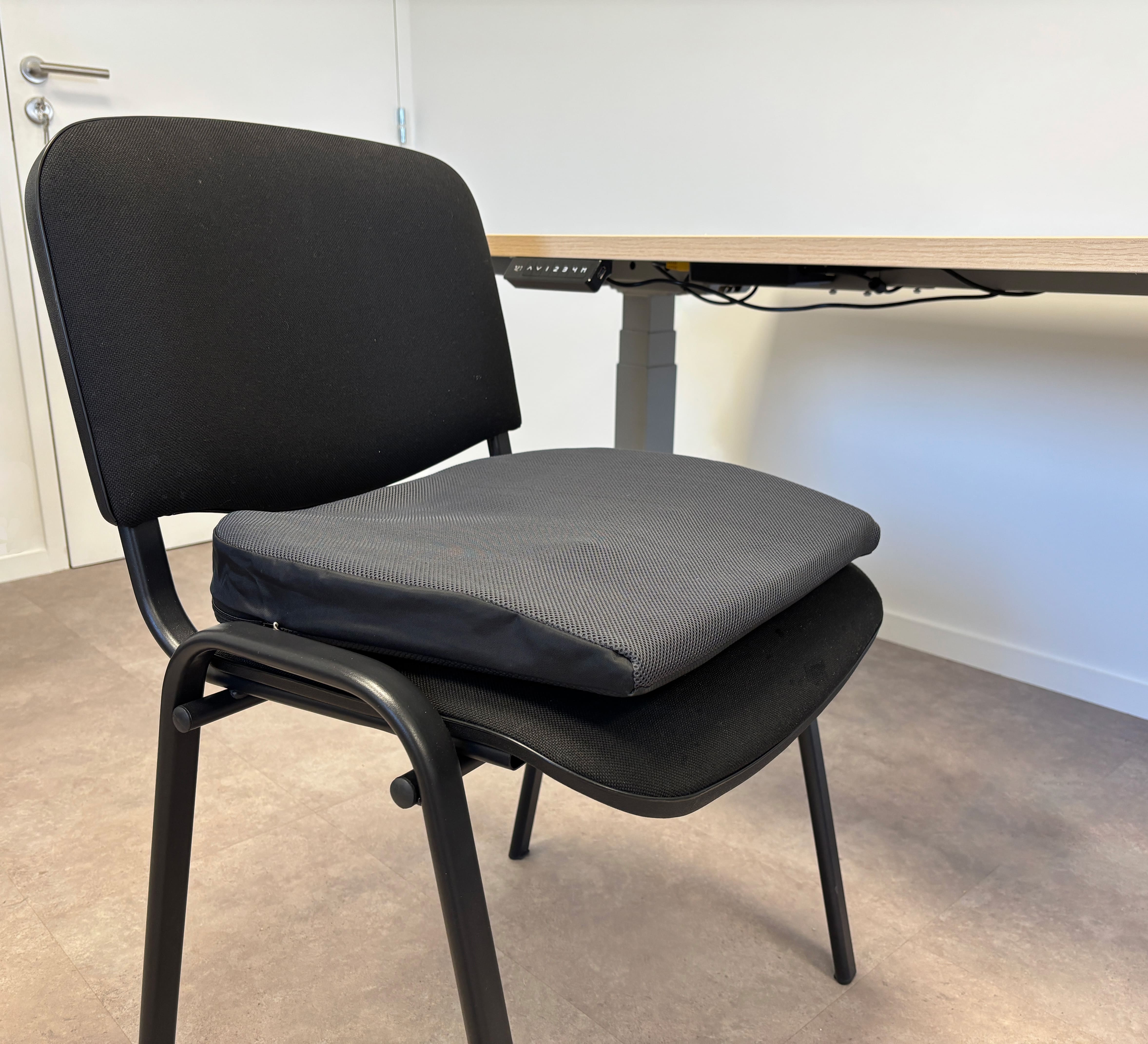
What Is Crural Neuralgia and How Can It Be Treated?
What Is Cruralgia?
Where Does the Femoral Nerve Run?
Crural neuralgia, or cruralgia, is a condition affecting the femoral nerve. The femoral nerve originates in the spine at the lumbar vertebrae L2, L3, and L4. It runs through the pelvis and leg between the iliacus and psoas muscles. In the leg, the nerve branches out.
These branches innervate the front of the thigh, the inner knee, the lower leg, the ankle, and the foot. When this nerve (or one of its branches) is affected, we refer to the condition as cruralgia.
What Are the Symptoms of Cruralgia?
Crural neuralgia is mainly characterized by leg pain. Depending on the affected nerve branch and its innervation zone, the pain may radiate to different areas:
- • Branch rooted in L2: pain from the lower back to the groin
- • Branch rooted in L3: pain in the front of the thigh and knee
- • Branch rooted in L4: pain from the back to the outer front of the thigh, knee, and inner side of the tibia
Other symptoms may include tingling, paralysis, or difficulty lifting the thigh—these can also indicate cruralgia.
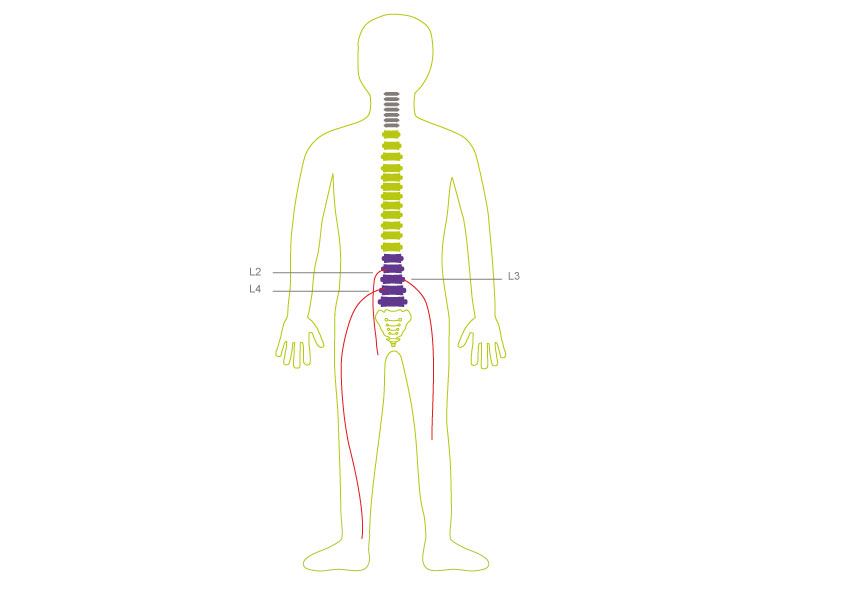
What’s the Difference Between Sciatica and Cruralgia?
Cruralgia is sometimes confused with sciatica because both neuralgias cause leg pain. However, they are different conditions involving different nerves.
The sciatic nerve originates lower down, at vertebrae L4, L5, and S1. Its compression causes pain in the back of the thigh and buttock, sometimes extending to the foot.
How to Relieve Cruralgia?
What Causes Cruralgia?
As mentioned above, crural neuralgia results from compression or inflammation of the femoral nerve. Several causes may be involved:
- • Herniated disc: a bulging disc compresses the nerve. A herniated disc can also cause sciatica and is a common cause of cruralgia.
- • Osteoarthritis: in some cases, it can irritate the base of the femoral nerve.
- • Psoas muscle hematoma: may also irritate the femoral nerve.
- • Tumor: in rare cases, cruralgia may be caused by nerve compression from a tumor.
Pregnant women may also experience cruralgia.
How to Relieve Crural Neuralgia?
While rest is necessary, medication such as anti-inflammatories may help reduce cruralgia pain. In some cases, morphine-based painkillers may be prescribed.
Physical therapy or osteopathy can also help in certain cases. There are also specific exercises that may help relieve cruralgia.
Surgery to remove a herniated disc may be suggested for some patients. As with any operation, success is not guaranteed, so it's important to consult a specialist to determine the most suitable option.



